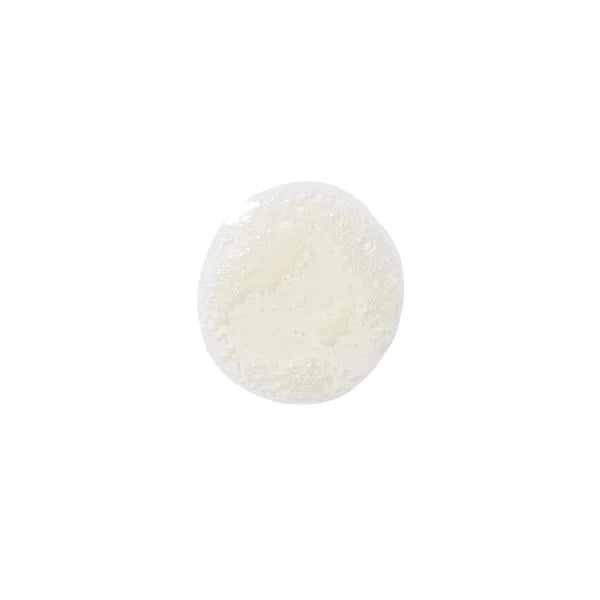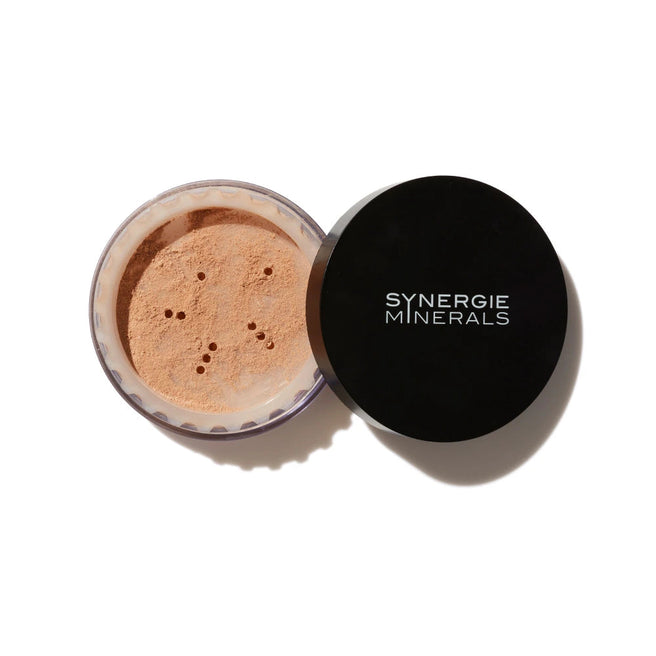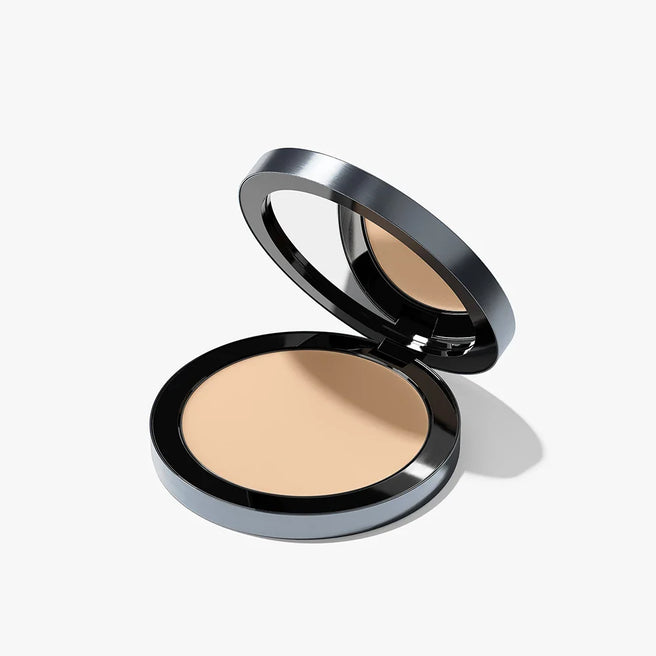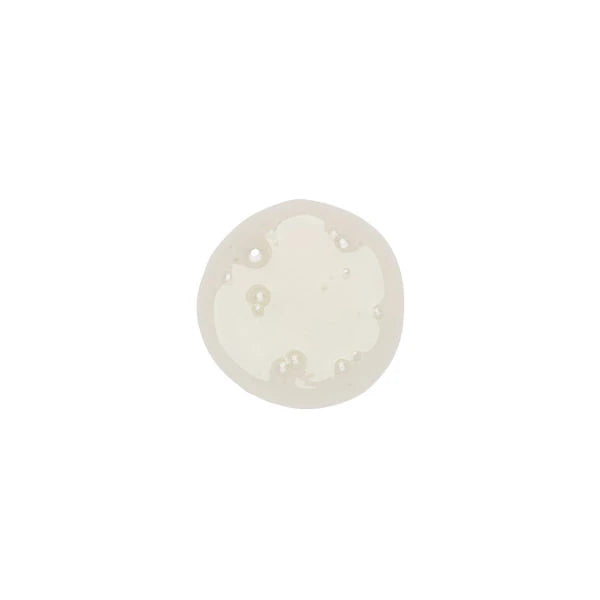Hyperpigmentation is a common skin concern for many, affecting more than 80% of women over 25. Let's explore the three types of hyperpigmentation that are treatable with active cosmeceuticals and skin treatments.

Hyperpigmentation is a result of the over production of melanin (pigment) within the skin and can be caused by many factors, including hormonal changes, solar/pollution damage, medication and the after-effects of acne and skin inflammation. It is a complex skin issue and also one of the most challenging conditions to treat, so be patient with your skin therapist.
Sunspots/Solar Lentigines
Sunspots vary in colour from light to dark brown and have a clearly defined edge. These pesky spots really creep up on you and pop up in our 40s and 50s. They are mainly caused by UVA and UVB rays, but also blue/HEV light now that we are more aware of its impact on skin pigmentation problems. Sunspots and freckles are often confused, but there are differences. Freckles usually occur in fairer skinned individuals and are genetically programmed. Freckles are often lighter in colour, smaller in size, and usually appear earlier in life, but both sunspots and freckles need sun exposure to appear.
Post inflammatory hyperpigmentation (PIH)
'Post inflammatory hyperpigmentation' is a bit of a mouthful so let’s call it PIH for short! These pigmented spots are red or brown areas that appear on the skin after excessive trauma, heat or infection. Burns, cuts, grazes, laser treatments, deep chemical peels and acne blemishes are common triggers for PIH. PIH occurs when the skin has been wounded or inflamed, causing the normally protective melanocytes to overreact by creating excess pigment which results in a discoloured red, purple or brown mark. These marks are often described as ‘scars’, but this is technically incorrect as there is no collagen damage or tissue loss under the skin.
If you have naturally darker skin tones you are more prone to PIH, so you need to be extra cautious when receiving chemical peels, IPL or laser treatments. To reduce this risk, I recommend you introduce active cosmeceuticals containing tyrosinase inhibitors, such as Synergie Skin's EnLighten and Pure-C Crystals, into your skincare routine. Tyrosinase inhibitors slow down the skin enzyme (tyrosinase) that helps you make melanin. Tyrosinase inhibitors are present within retinoids, L-ascorbic acid, tranexamic acid, kojic acid, bearberry extract and specific plankton extracts. It is recommended to use tyrosinase inhibitors for at least 2 weeks prior to clinical treatments to reduce the PIH risk.

Melasma
Melasma is the trickiest to treat of all types of hyperpigmentation. It appears on the face as larger brown patches with a non-distinct, fuzzy border. Sorry ladies, but it affects women in 90% of cases and can be caused by hormonal changes, pregnancy, certain drugs and thyroid hormone imbalance. It is often symmetrical on the cheeks, chin and forehead when compared to common sun damage. Although melasma can’t be completely cured, it can be controlled with attention to lifestyle and active skincare. The condition is worsened with UV and blue light exposure, overheating of the blood, excessive exercise, some medications, hormonal fluctuations and stress.
Melasma can be controlled with regular skin treatments from your trusted skin therapist. Please be careful of treatments that are aggressive as this may cause a melasma flareup. You can take charge of melasma by modifying your lifestyle and avoiding excessive heat, such as hot yoga and saunas. Of course, using UVA/B and HEV blue light daily solar protection is essential. Try using a mineral makeup with over 3% iron oxide as this will block out harmful blue light.
How to treat pigmentation?
In terms of skincare, solar protection is the key. Protecting your skin from harsh UVA/B and HEV blue light that causes sunspots and triggers melasma is essential. If pigmentation is bothering you, it is advised that you consult a dermatologist or skin specialist who can correctly diagnose and recommend treatments that will address or control your condition. To keep your symptoms at bay, it is recommended to introduce a consistent skincare routine that incorporates active cosmeceuticals to target hyperpigmentation at the source.

The Routine
DAY
- UltraCleanse - cleansing gel concentrate
- EnLighten - skin brightening serum
- Pure-C Crystals - stable L-ascorbic acid crystals
- ÜberZinc - 21% zinc oxide moisturiser with SPF 15 PA+++
- Synergie Minerals - MineralWhip foundation broad spectrum SPF 40 PA++++
NIGHT
- UltraCleanse - cleansing gel concentrate
- EnLighten - skin brightening serum
- Ultimate A or Acceler-A - essential vitamin A serum
- Vitamin B or XCell B - 13% or 21% essential niacinamide serum
- BrightEnlite - brightening and pore-refining milk moisturiser
OCCASIONAL
- ReVeal – 13% AHA / 2% BHA serum, every third AM in place of EnLighten
- Home treatment: Mix 1 part Pure-C Crystals with 4 parts ReVeal and leave on skin overnight
For an introductory set, we recommend the Synergie Skin Brightening Kit, a targeted mini-kit to reduce the risk of PIH and address the appearance of uneven skin tone and pigmentation.

































